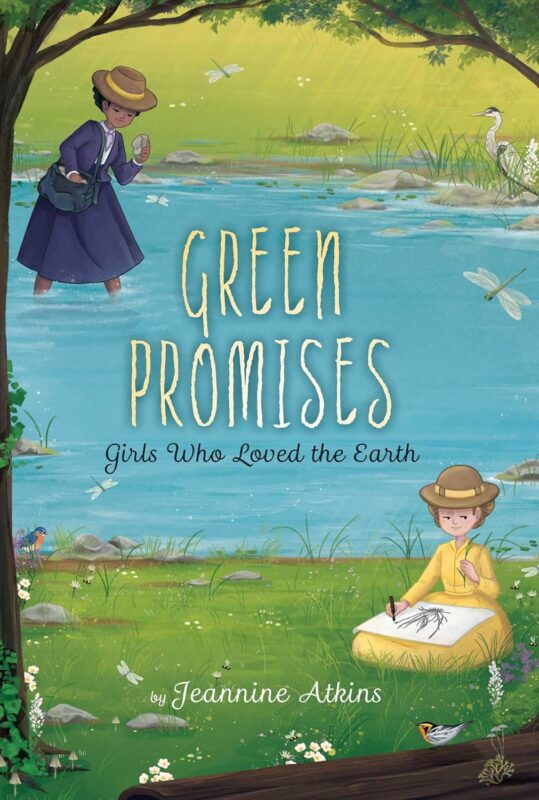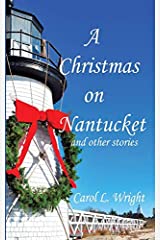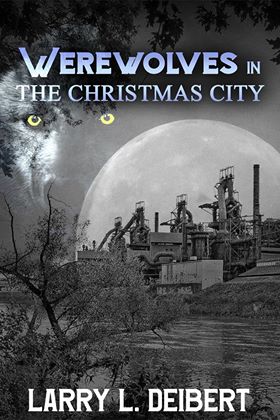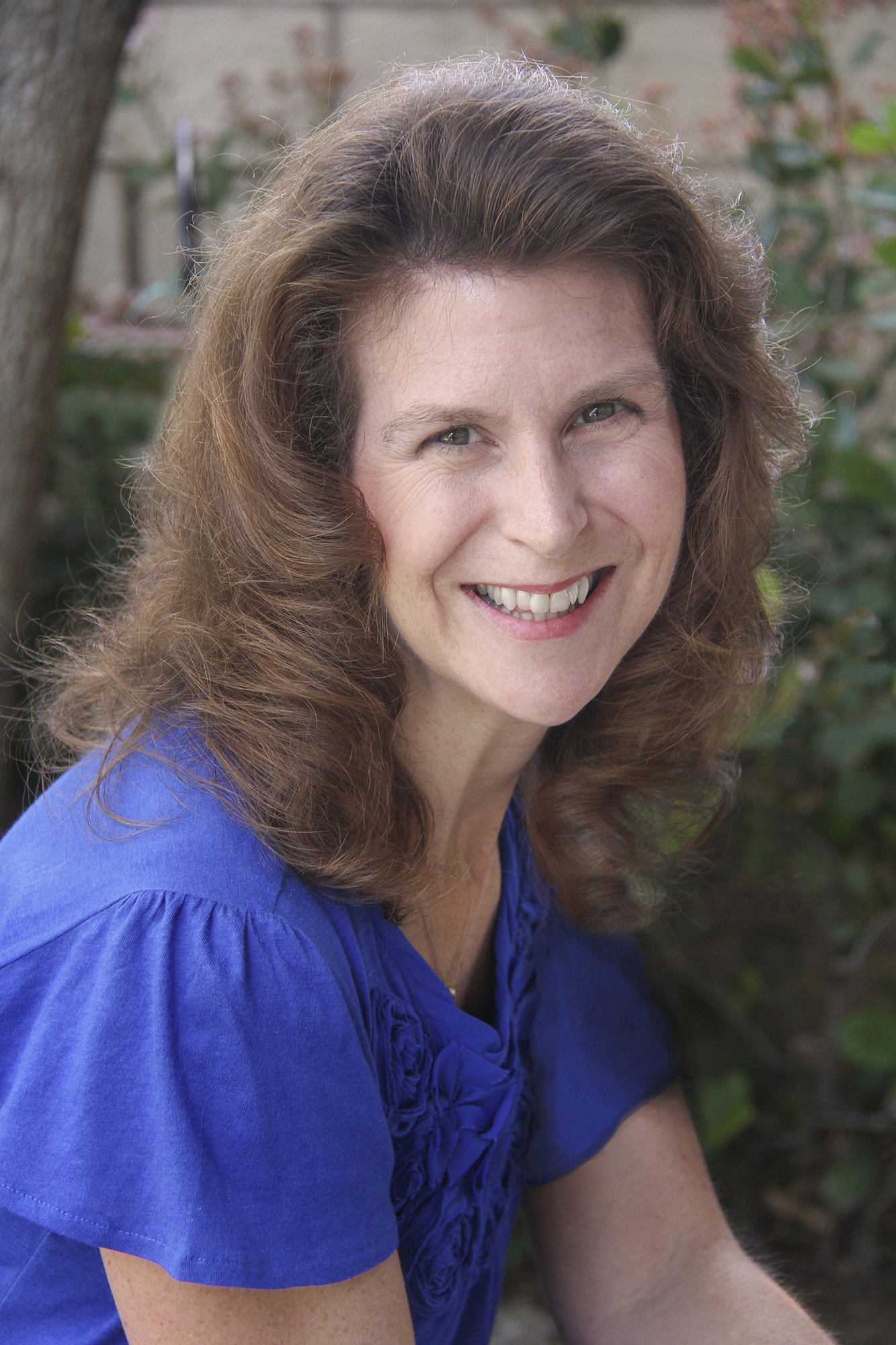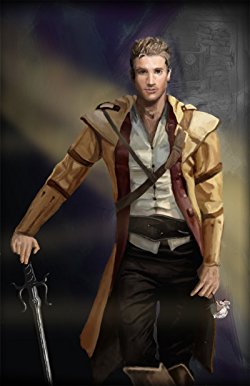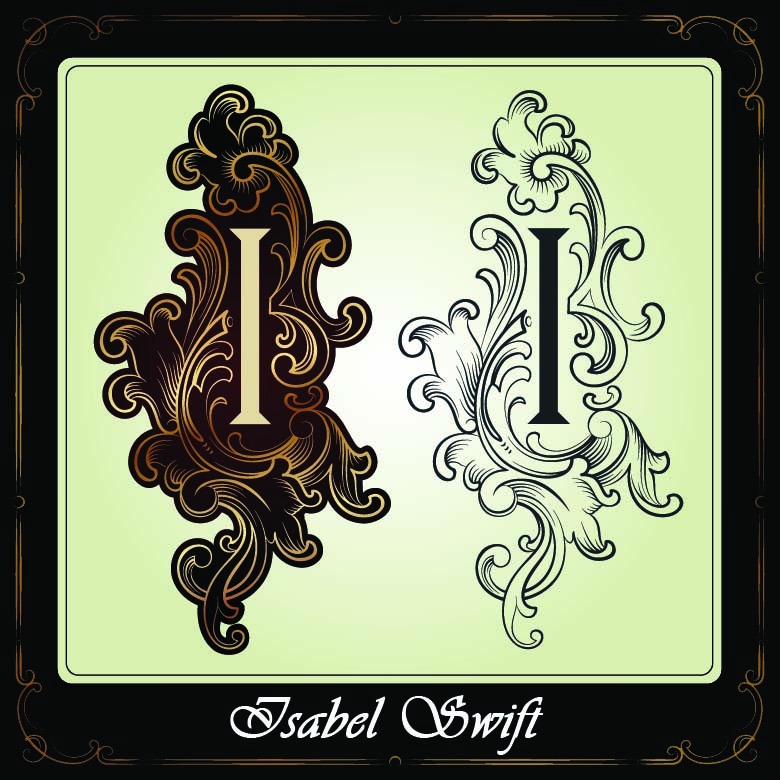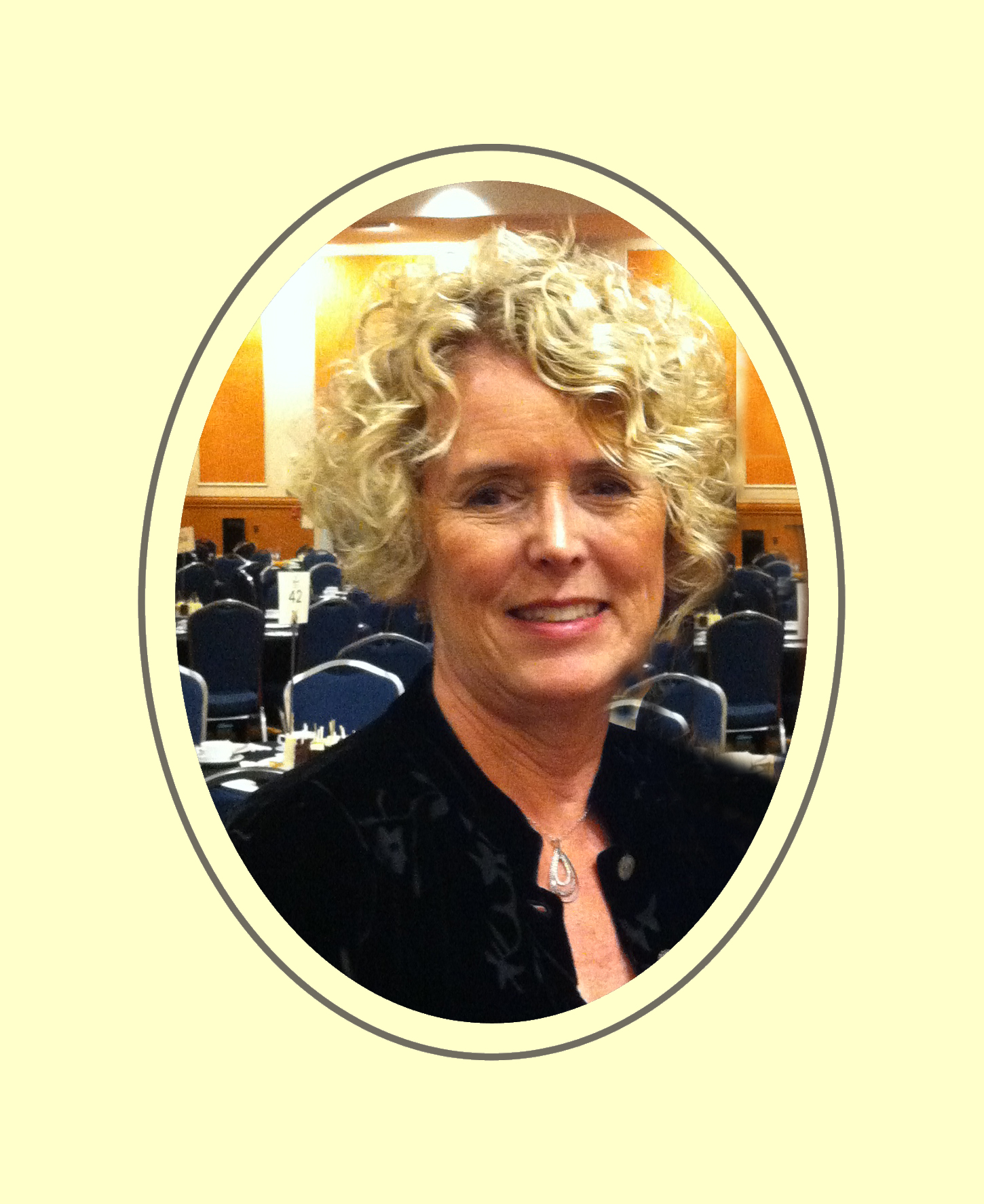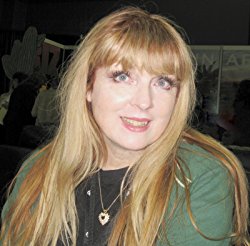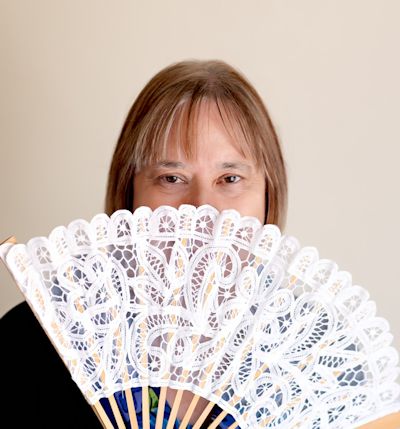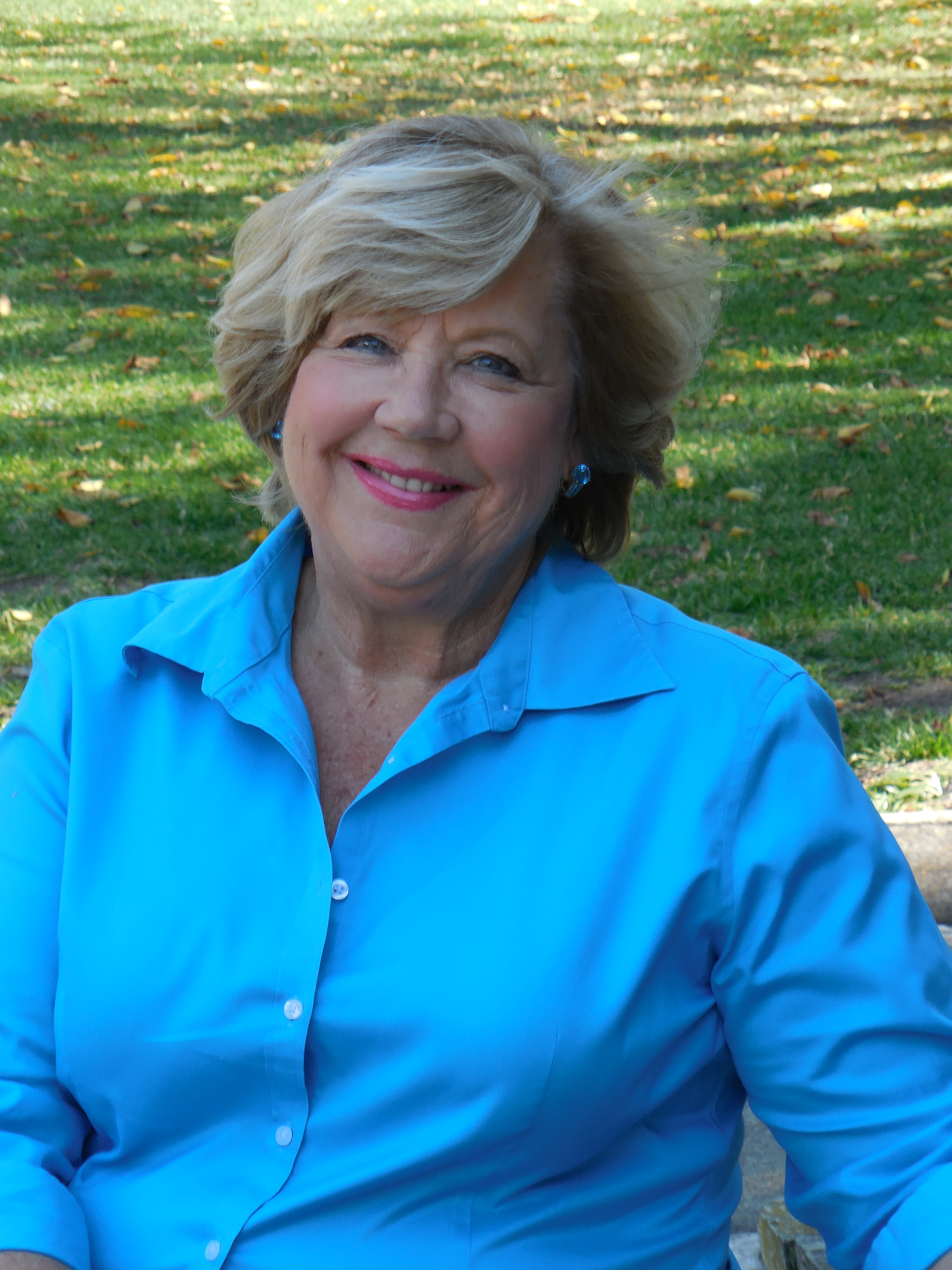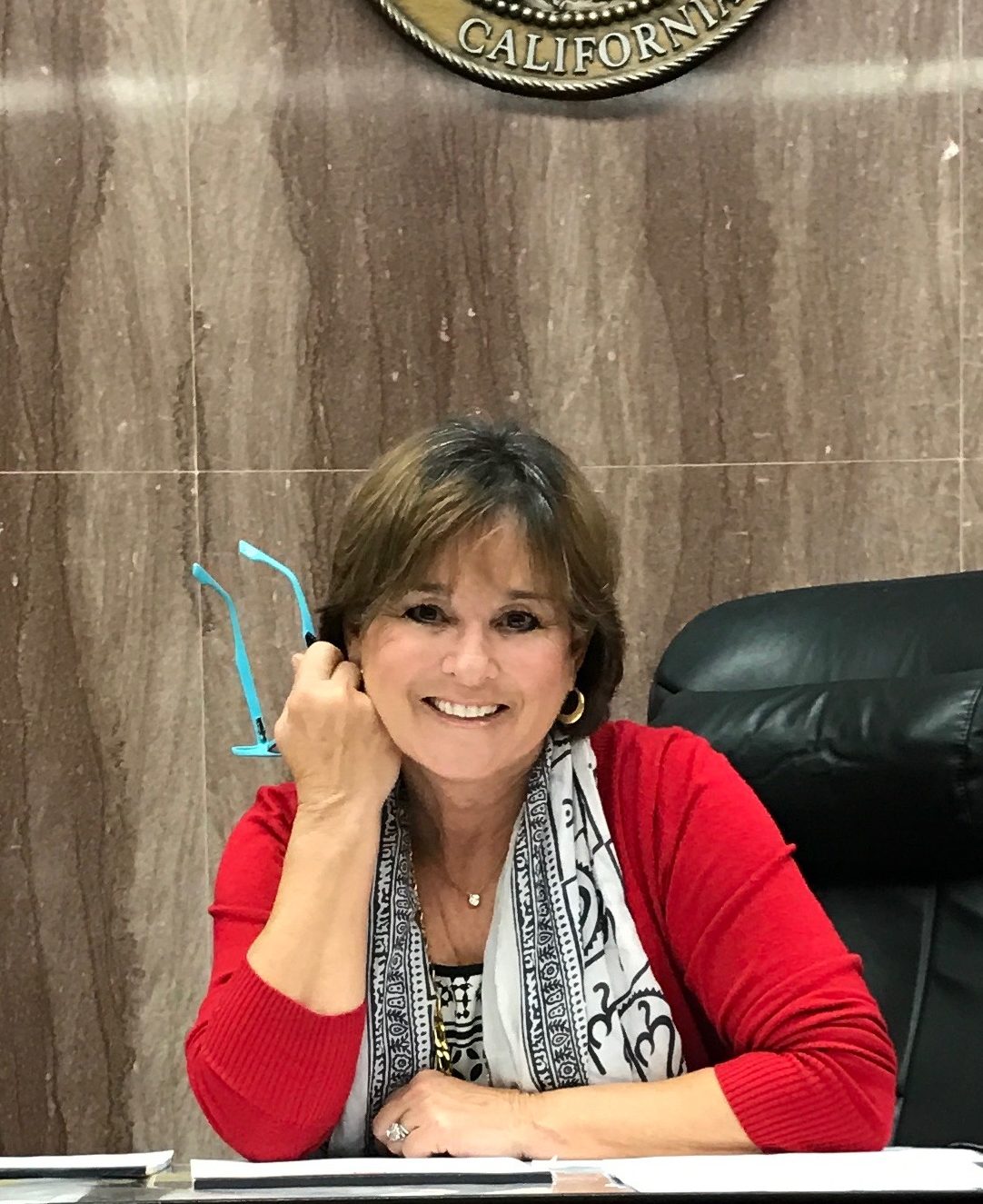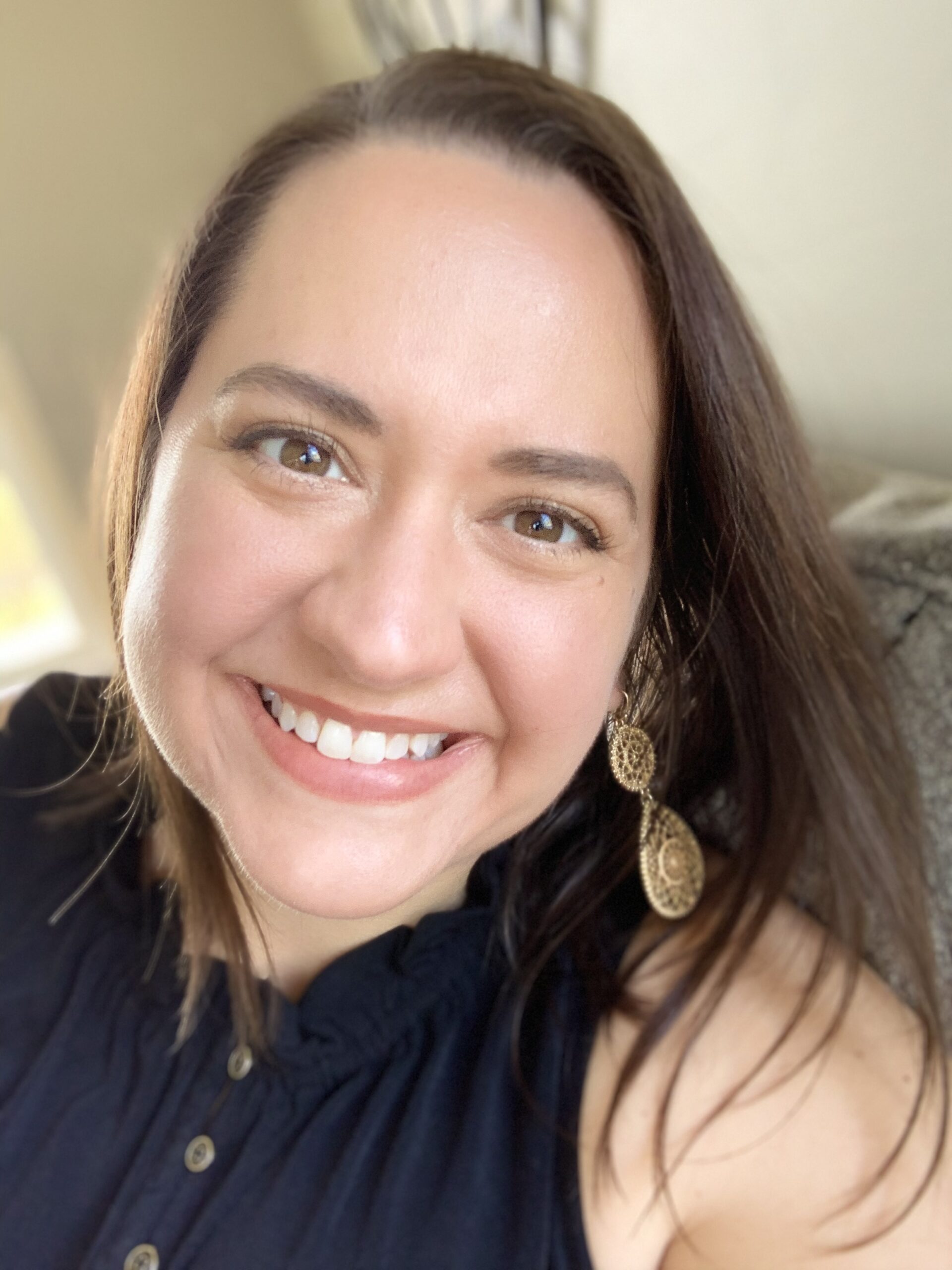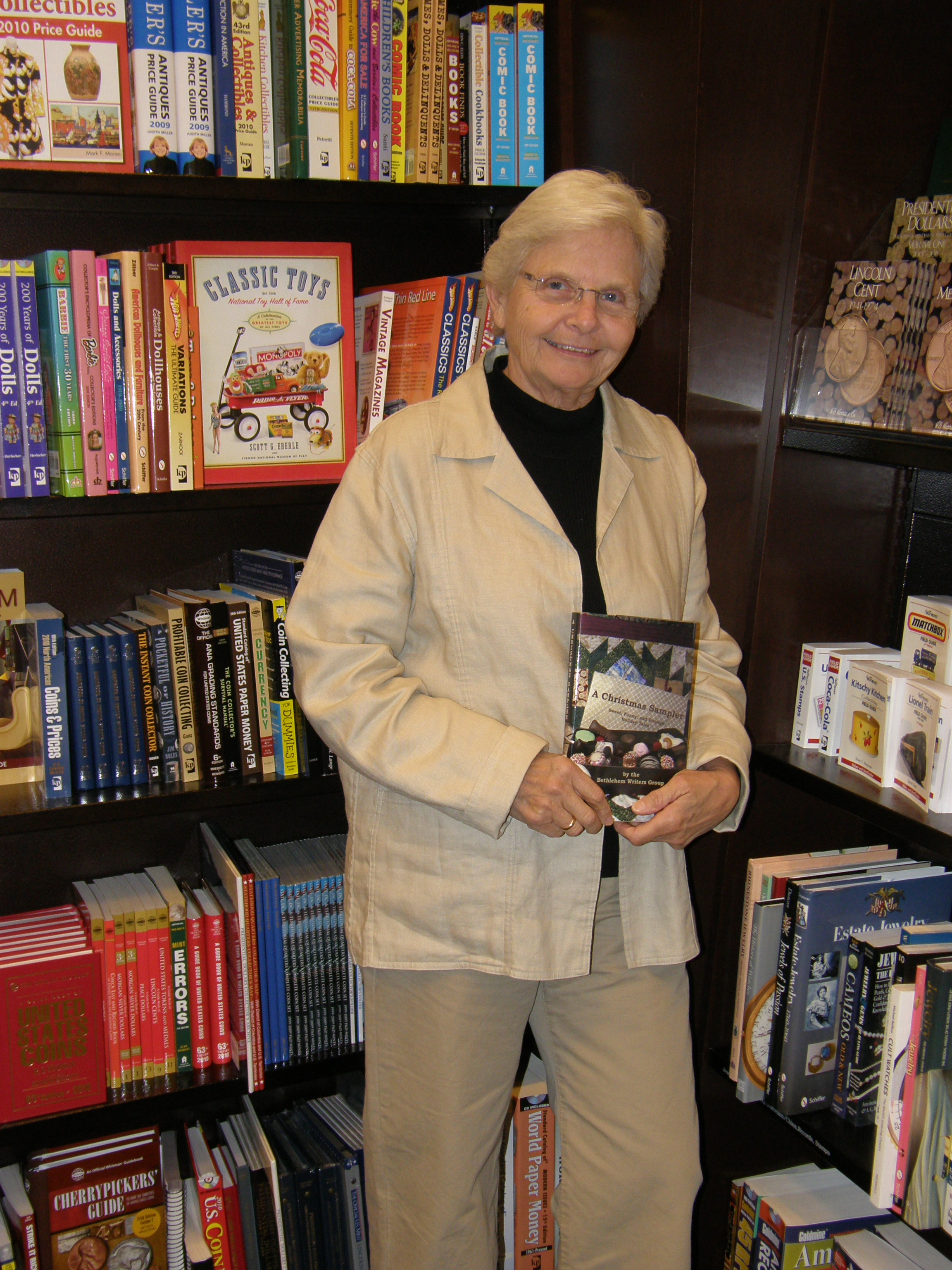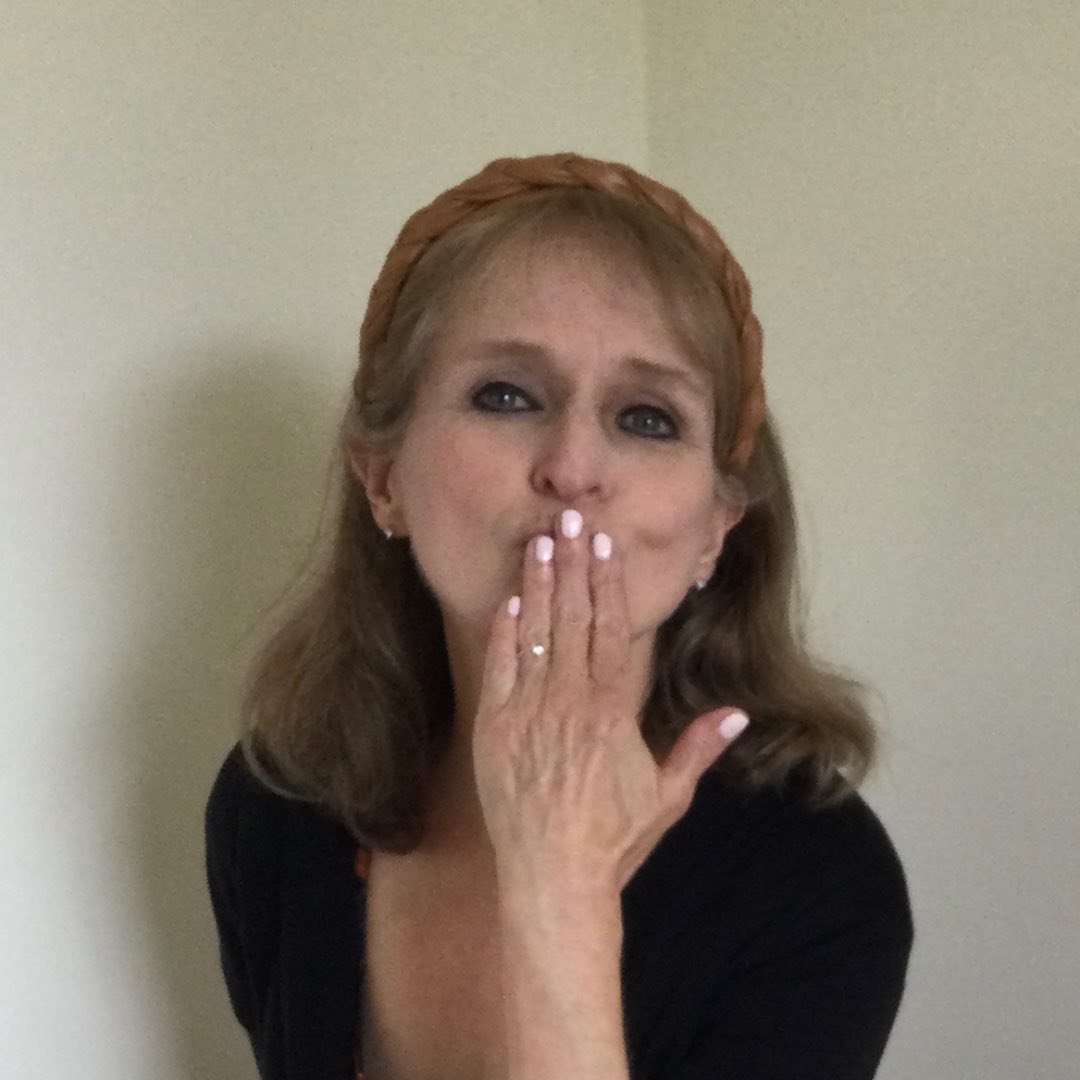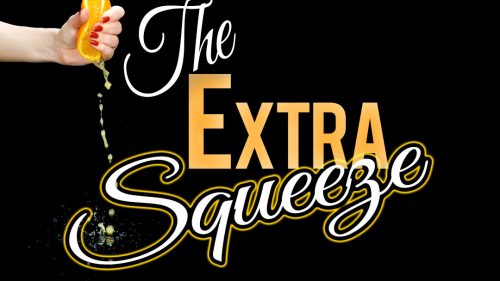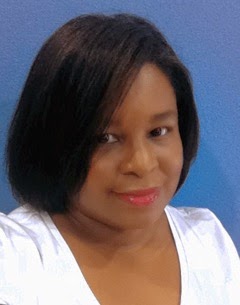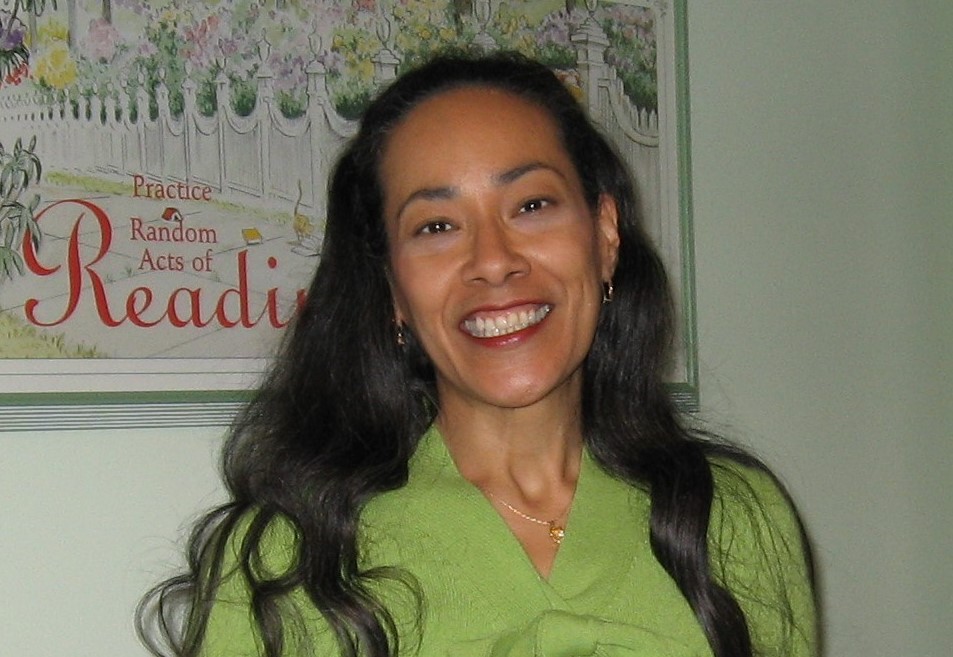You Can Edit Your Own Work by Connie Vines
July 13, 2016 by A Slice of Orange in category Archives tagged as Connie Vines, editing, Kindle Unlimited. Amazon, OCC Slice of Orange, revision, Self-editing, Selling your novel, writing- When you sit down to do your revision, you must first get organized both physically and mentally.
Cinderella’s Happily Edit After: My Kindle Scout Experience Part 3 by Jina Bacarr
July 11, 2015 by Jina Bacarr in category Jina’s Book Chat tagged as Amazon, author, books, Cinderella, Civil War, Confessions of a Podcast Goddess, editing, glass slipper, historical, Kindle Press, kindle scout, prince, princess, romance, time travel, Writer, writing(You can read my previous posts about my experience with the Kindle Scout program by clicking on Part 1 and Part 2.)
Remember when Cinderella was all aflutter getting ready for the ball? Her fairy godmother shows up and poof! Cindy has a gorgeous gown, a carriage, and the sexiest pair of glass slippers. Next, she meets the prince, loses her slipper, gets it back, and marries the handsomest man in the land.
Then comes a reality check.
Cindy is a princess with a hundred and fifty room castle to manage, servants galore, royal obligations, and a demanding mother-in-law who can’t wait to show her off at high teas.
First, she must learn how to be a princess.
Kinda like putting out a good book. It’s a lot of work. Period.
After my 30-day campaign with Kindle Scout for LOVE ME FOREVER, my Civil War time travel romance, being on and off the Hot and Trending list, then waiting to see if I made the cut, came my reality check.
Edits.
Most writers would rather clean bathrooms for a week than open the Editorial Letter.
I was shaking in my slippers when mine came. I worked more than two years on LOVE ME FOREVER, getting the research right, the romance, settings. Not an easy task. My story is over 150,000 words.
Which brings me to one of my favorite things about Kindle Scout: the Kindle Press Team. With everyone jumping into the self-publishing arena, it’s easy to want to write, write, write and get it out there. Do-it-yourself, especially if you’ve been writing for a long time. I can wrap my head around a story pretty well. I’ve written several novels for trad publishers, non-fiction books, kids’ TV scripts, and plenty of magazine columns and stories.
But no writer is an island.
A good editor is as important as Cinderella’s fairy godmother. She/he can wave their magic wand and give you that extra spin on your book, make you dig deeper, cut excess. One thing that drew me to the Kindle Scout program was the idea of receiving editorial input.
I wasn’t disappointed. The editorial guidance at Kindle Scout/Kindle Press is awesome.
I’m thrilled to say that my editor at Kindle Press was thorough, gave excellent suggestions, made me think, and complimented me along the way when she particularly liked something. She’s definitely one of the best editors I’ve ever had. The turnaround was quick: a week to complete the edits. I admit I hardly slept and I maxed out the balance on my Starbucks gold card, but the KP Team gave me a heads up three weeks before as to exactly what day to expect the email with the attached files and they delivered.
So here we are at a new juncture in my Kindle Scout experience. Edits done; book in production.
Preorder begins: July 13, 2015.
On Sale at Amazon: July 28, 2015.
Am I nervous? You bet I am. I put my heart and soul into this story, laughed and cried with my characters every step of the way. I’m anxious to get it out there. But the best part is, I feel confident that as part of the Kindle Scout program, LOVE ME FOREVER is the best it can be.
~Jina
Website: www.jinabacarr.com
Blog: www.jinabacarr.wordpress.com
Next month: Part 4: what happens when my Kindle Scout book, LOVE ME FOREVER, goes on sale.
================
0 0 Read moreThat Pesky Internal Editor
August 19, 2013 by A Slice of Orange in category Archives tagged as 1959, editing, Mona Karel, Sound of MusicI think we’ve all laughed along with the t-shirt motto: I’m Secretly Correcting Your Grammar. And nodded because, yes, we are. We each have our own particular misuse or phrase that acts like fingernails on a blackboard. For me it’s Who/Which/That. I find myself inserting “Who” for “That” while following a conversation, or listening to a television news personality.
We can also be distracted by titles or weak plot points. Most recently I remember a title referring to the hero as soldier coming home. Lovely thoughts. Except this particular hero was a Navy SEAL, as in SAILOR. Somehow this faux pas made it past multiple editors as well as an author who has in the past shown excellent military knowledge.
Maybe we’ve become experts at catching plot anomalies such as horses changing color (or their riders shifting from in the saddle to on the ground to in the saddle without ever actually mounting or dismounting) I remember one love scene where the hero unbuttoned the heroine’s blouse then removed her dress…guess she really wanted to cover up.
Sometimes that editor doesn’t even show up when we first read or hear something that will one day bother us. I’m thinking about “Sound of Music” which I saw when it came out at the drive-in theatre (remember those?) and subsequently wore out the sound track on my record player. Sometimes while I’m gardening or working with the dogs, I’ll break out into show tunes, since there’s no one around to hear me. I was singing “(How Do You Solve a Problem Like) Maria,” trying to sing all parts myself since the dogs aren’t great at following a tune.
“She climbs a tree and scrapes her knee. Her dress has got a tear. She waltzes on the way to mass and whistles on the stair. And underneath her wimple she has curlers in her hair. I’ve even…” Wait a minute? Curlers in her hair? For a young woman from a small village who intends to be a nun? Where would she buy curlers and why would she spend her money in that fashion? For that matter, if she’s a novitiate, wearing a wimple, she’s not going to have enough hair to wear curlers. Certainly Julie Andrews wasn’t showing off flowing locks of hair in the movie.
Minor? Perhaps, in this instance. After all the movie, the music, the story all combined to enchant us to such an extent we probably wouldn’t question the curlers. I certainly didn’t until, well let’s see, Sound of Music came out in 1959 and it’s…ahem. Well, anyway…
We’d all like to hope our characters are so compelling readers will ignore minor editing issues. Except what’s minor when it comes to editing? A character who despises coffee in the first chapter and is swilling down espressos in the second half of the book, with no logical explanation for the change in taste. Although come to think of it, that is an interesting plot point. Hmmmm
Sorry for the digression, must be too much coffee. Or maybe not enough? Of course we’d rather be known for scintillating dialogue and compelling characters instead of unintended humor due to poor editing. And we really don’t want to dump a confusing mess on our editors, especially if we want to keep sending them books.
This problem has many solutions including beta readers, critique partners, and people you pay to give your book a cold read. Just be sure whoever has input on your story cares enough about you to be brutally honest when necessary. Better them than someone reading your story after publication.
Happy writing
Monica Stoner w/a Mona Karel
http://mona-karel.com/
Of Edits and Covers and other Minutiae
March 19, 2012 by A Slice of Orange in category Archives tagged as Black Opal Books, editing, edtiors, Mona Karel, My Killer My Love, Teach Me to Forget |
Affiliate Links
A Slice of Orange is an affiliate with some of the booksellers listed on this website, including Barnes & Nobel, Books A Million, iBooks, Kobo, and Smashwords. This means A Slice of Orange may earn a small advertising fee from sales made through the links used on this website. There are reminders of these affiliate links on the pages for individual books.
Search A Slice of Orange
Find a Column
Archives
Featured Books
GREEN PROMISES: GIRLS WHO LOVED THE EARTH
Rich in history, facts, and imagination.
More info →CHRISTMAS ON NANTUCKET AND OTHER STORIES
Heartfelt stories with a mix of joy and sadness, love and loss, celebrations of all seasons, and a bit of mystery and magic
More info →A SECRET BETWEEN US
They both have pasts they want to leave behind…
More info →WEREWOLVES IN THE CHRISTMAS CITY
Bethlehem, PA has a werewolf problem.
More info →THE RELUCTANT GROOM AND OTHER HISTORICAL STORIES
Enjoy historical fiction? Like short stories? Then dive into this collection of historical shorts by an award-winning author.
More info →Newsletter
Contributing Authors
Search A Slice of Orange
Find a Column
Archives
Authors in the Bookstore
- A. E. Decker
- A. J. Scudiere
- A.J. Sidransky
- A.M. Roark
- Abby Collette
- Alanna Lucus
- Albert Marrin
- Alice Duncan
- Alina K. Field
- Alison Green Myers
- Andi Lawrencovna
- Andrew C Raiford
- Angela Pryce
- Aviva Vaughn
- Barbara Ankrum
- Bethlehem Writers Group, LLC
- Carol L. Wright
- Celeste Barclay
- Christina Alexandra
- Christopher D. Ochs
- Claire Davon
- Claire Naden
- Courtnee Turner Hoyle
- Courtney Annicchiarico
- D. Lieber
- Daniel V. Meier Jr.
- Debra Dixon
- Debra H. Goldstein
- Debra Holland
- Dee Ann Palmer
- Denise M. Colby
- Diane Benefiel
- Diane Sismour
- Dianna Sinovic
- DT Krippene
- E.B. Dawson
- Emilie Dallaire
- Emily Brightwell
- Emily PW Murphy
- Fae Rowen
- Faith L. Justice
- Frances Amati
- Geralyn Corcillo
- Glynnis Campbell
- Greg Jolley
- H. O. Charles
- Jaclyn Roché
- Jacqueline Diamond
- Janet Lynn and Will Zeilinger
- Jaya Mehta
- Jeannine Atkins
- Jeff Baird
- Jenna Barwin
- Jenne Kern
- Jennifer D. Bokal
- Jennifer Lyon
- Jerome W. McFadden
- Jill Piscitello
- Jina Bacarr
- Jo A. Hiestand
- Jodi Bogert
- Jolina Petersheim
- Jonathan Maberry
- Joy Allyson
- Judy Duarte
- Justin Murphy
- Justine Davis
- Kat Martin
- Kidd Wadsworth
- Kitty Bucholtz
- Kristy Tate
- Larry Deibert
- Larry Hamilton
- Laura Drake
- Laurie Stevens
- Leslie Knowles
- Li-Ying Lundquist
- Linda Carroll-Bradd
- Linda Lappin
- Linda McLaughlin
- Linda O. Johnston
- Lisa Preston
- Lolo Paige
- Loran Holt
- Lynette M. Burrows
- Lyssa Kay Adams
- Madeline Ash
- Margarita Engle
- Marguerite Quantaine
- Marianne H. Donley
- Mary Castillo
- Maureen Klovers
- Megan Haskell
- Melanie Waterbury
- Melisa Rivero
- Melissa Chambers
- Melodie Winawer
- Meriam Wilhelm
- Mikel J. Wilson
- Mindy Neff
- Monica McCabe
- Nancy Brashear
- Neetu Malik
- Nikki Prince
- Once Upon Anthologies
- Paula Gail Benson
- Penny Reid
- Peter J Barbour
- Priscilla Oliveras
- R. H. Kohno
- Rachel Hailey
- Ralph Hieb
- Ramcy Diek
- Ransom Stephens
- Rebecca Forster
- Renae Wrich
- Roxy Matthews
- Ryder Hunte Clancy
- Sally Paradysz
- Sheila Colón-Bagley
- Simone de Muñoz
- Sophie Barnes
- Susan Kaye Quinn
- Susan Lynn Meyer
- Susan Squires
- T. D. Fox
- Tara C. Allred
- Tara Lain
- Tari Lynn Jewett
- Terri Osburn
- Tracy Reed
- Vera Jane Cook
- Vicki Crum
- Writing Something Romantic
Affiliate Links
A Slice of Orange is an affiliate with some of the booksellers listed on this website, including Barnes & Nobel, Books A Million, iBooks, Kobo, and Smashwords. This means A Slice of Orange may earn a small advertising fee from sales made through the links used on this website. There are reminders of these affiliate links on the pages for individual books.







